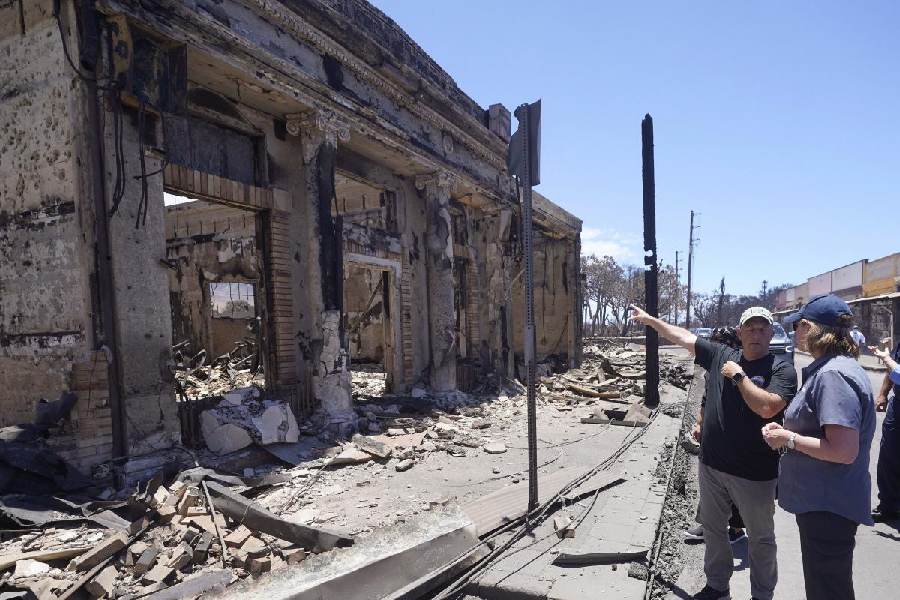The wildfires in Hawaii’s Maui, now the deadliest in the US in more than a century, have left many questions about how so many lives were lost and why government aid has still not reached many survivors.
The death toll rose to 93 on Saturday night and was expected to climb even further, officials said. The Maui County police chief, John Pelletier, said during a news conference that two victims had been identified.
Hundreds of buildings, the vast majority of them residential, were destroyed or damaged in West Maui, Governor Josh Green of Hawaii said on Saturday, forcing more than a thousand people into shelters and causing about $6 billion in damages.
Many survivors in the region were relying on each other in the wake of the disaster. In the town of Honokowai, residents were filling dozens of cans of gas to pass out.
“This is from our own pockets,” said Ashlee Yap. “Where is the government?”
Among the many challenges the authorities are now facing is identifying the victims and searching for survivors. Days after the fires broke out, canine teams have been able to scout only 3 per cent of the disaster zone, according to Chief Pelletier. More federal emergency workers and active-duty military personnel were headed to Maui to help with the search and rescue effort.
About 2,200 structures, around 86 per cent of them residential, were destroyed in West Maui, the governor said. About 1,400 people were in shelters, he said. But several dozen people were still sleeping under trees and shade tents in Honokowai Beach Park, a makeshift aid distribution centre, according to Ryan Taylor, who is running the centre.
New York Times News Service












